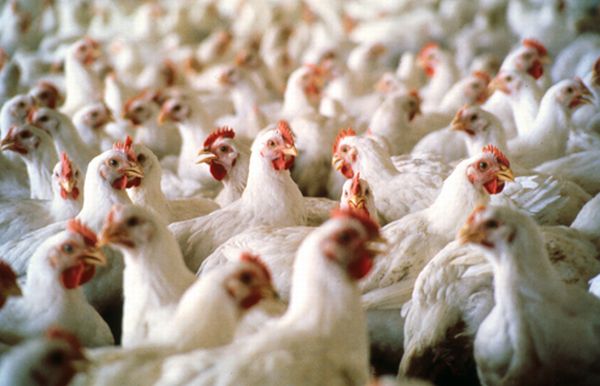
This comes as a good news for all you poultry farms owners. If everything goes well, you may soon be able to fill your pockets not just by selling chicken meat and eggs, but also by selling their feathers. Those millions of tonnes of chicken feathers ending in landfills could help make money, while saving the environment. Researchers at the University of Nebraska, Lincoln claim that feathers could help in manufacturing more eco-friendly and lighter plastic. The research was recently presented by Yiqi Yang at the American Chemical Society meeting in the US. It’s not for the first time that feathers have been proposed as components of plastic formulations, but this time they have been used as the principal ingredient.
Earlier researchers at the US agricultural authority also published their research that suggested chicken feathers could be one of the ingredients for making plastics, but the other components would still be made using chemical polymer in large quantity. But, Yang’s research proposes that chicken feather fibers can be used as a principal ingredient, making up 50% of the mass of the composite. This means the plastic would need harmful materials like polyethylene and polypropylene that are derived from petroleum products in smaller amount.
Professor Yang’s words on his research:
[Prior] technology uses keratin as an ‘additive’ to polyethylene and polypropylene. Our work turns feathers into something like polyethylene and polypropylene. If used as composite materials, no polyethylene or polypropylene are needed. Therefore, the plastics will be more degradable and more sustainable. Whenever you can use waste for a functional product, I’d say that’s a good idea. So using biomaterials, whether it’s for commodity products or even structural applications, that’s worth pursuing.
Similar to hair and fingernails, chicken feathers too are made up of the tough and chemically stable protein keratin. This means the plastic produced using chicken would be stronger and also as light as this ingenious material itself. The team at University of Nebraska processed chicken feathers and added a chemical known as methyl acrylate to turn them into a plastic. After this they were shaped into made thin films. These films were tougher as compared to formulations using other biowaste materials. Apart from being strong and light-weight, they are water resistant too.
Via: BBC


